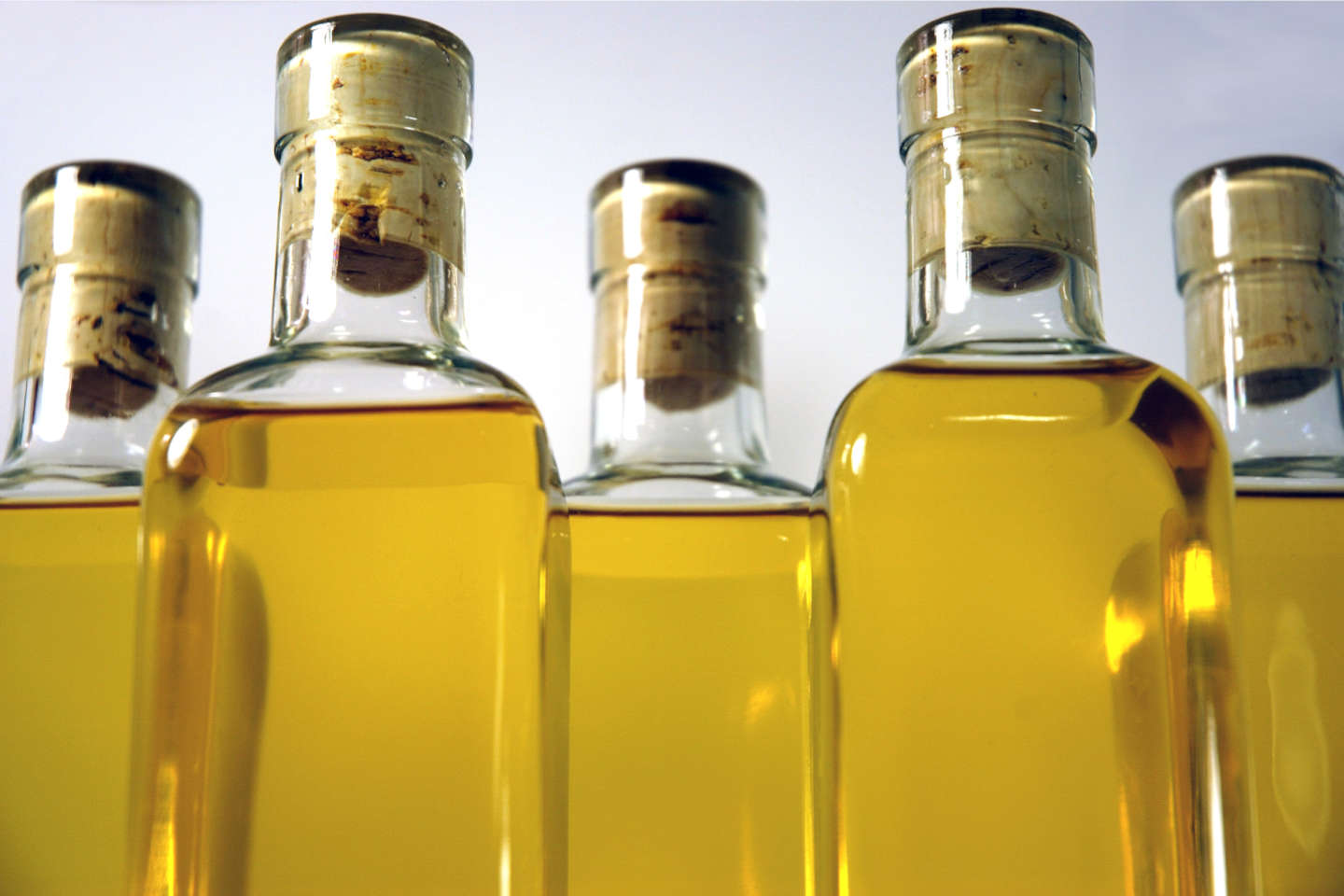

Articles
How To Store Mead
Modified: December 7, 2023
Looking for articles on how to store mead? Check out our expert tips and tricks for keeping your mead tasting its best for years to come!
(Many of the links in this article redirect to a specific reviewed product. Your purchase of these products through affiliate links helps to generate commission for Storables.com, at no extra cost. Learn more)
Introduction
Welcome to the world of mead, a delicious fermented beverage with a rich history dating back centuries. Whether you’re a mead enthusiast or a newcomer to the craft, one thing is certain – proper storage is key to preserving the flavors and quality of your mead. In this article, we will guide you through the essential steps on how to store mead to ensure maximum enjoyment and longevity.
As with any consumable product, the way you store your mead can greatly impact its flavor, aroma, and overall experience. From selecting the right container to controlling storage conditions, every aspect plays a vital role in maintaining the integrity of the beverage.
So grab your goblet or glass, and let’s dive into the world of mead storage!
Key Takeaways:
- Proper storage of mead is essential for preserving its flavors and quality. Choose the right container, control temperature and light exposure, and seal opened bottles to ensure maximum enjoyment and longevity.
- Long-term storage of mead requires patience and dedication. Select age-worthy meads, maintain optimal conditions, and regularly monitor the bottles for a complex and refined drinking experience.
Read more: What To Mix With Wildflower Honey Mead
Choosing the Right Container
When it comes to storing mead, selecting the right container is crucial. The container you choose should be airtight, non-reactive, and ideally made of glass or food-grade plastic.
Glass containers, such as carboys or bottles, are popular choices for storing mead. Glass is inert, meaning it won’t react with the mead and alter its taste. It also provides a clear view of the contents and allows you to check for any signs of spoilage or sediment.
Food-grade plastic containers, such as HDPE (high-density polyethylene), are another viable option. Look for containers specifically designed for storing beverages, as they are typically BPA-free and won’t leach any harmful chemicals into the mead. However, it’s important to note that plastic containers may not offer the same level of protection against oxygen and light as glass does.
Avoid using containers made of materials like aluminum or copper, as these metals can react with the acids in the mead and affect its flavor. Additionally, containers with rubber or silicone seals should be avoided, as these materials can absorb odors and potentially introduce off-flavors to the mead.
Remember, whether you’re using glass or plastic, always ensure that the container is thoroughly cleaned and sanitized before transferring the mead into it. Any residue or bacteria left behind can contaminate the mead and lead to spoilage.
Temperature and Storage Conditions
The temperature at which you store your mead plays a vital role in its aging process and overall quality. Generally, mead is best stored at a consistent temperature between 55°F (12°C) and 65°F (18°C).
Fluctuations in temperature can negatively impact the flavor and stability of mead. Extreme heat can cause the flavors to become more pronounced and potentially lead to off-flavors or spoilage. On the other hand, cold temperatures can slow down the development of flavors and aromas, resulting in a less matured mead.
It’s important to find a storage location that maintains a stable temperature throughout the year. Avoid placing your mead in areas exposed to direct sunlight, as UV rays can speed up the aging process and affect the taste and color of the mead.
A cool and dark space, such as a basement or a dedicated wine cellar, is ideal for storing mead. These environments provide natural insulation and protection from temperature fluctuations and light exposure. If a basement or cellar is not available, consider using a closet or cupboard away from any heat sources or windows.
Additionally, make sure to store your mead in an upright position rather than on its side. Unlike wine, mead does not need to keep the cork moist, and storing it upright helps minimize the chance of any potential leakage or oxidation.
By maintaining a consistent and suitable temperature in your storage area, you can ensure that your mead ages gracefully and retains its exceptional flavors.
Light Exposure
Light exposure is another important factor to consider when storing mead. Just like beer and wine, mead is susceptible to the damaging effects of ultraviolet (UV) light.
Exposure to UV light can lead to what is commonly known as “light-struck” or “skunked” flavors in mead. These off-flavors can manifest as a stale or unpleasant taste, diminishing the overall quality of the beverage.
To protect your mead from light damage, store it in a dark or opaque container. This will shield the mead from UV rays and help preserve its flavors and aromas. Amber or dark-colored glass bottles are highly recommended, as they provide a higher level of light protection compared to clear glass bottles.
In addition to using dark containers, it’s important to store your mead in a dark environment. Avoid storing it in areas with direct sunlight or bright artificial light. If you’re storing your mead in a cooler or refrigerator, ensure that it is not exposed to the light every time the door is opened.
Properly storing your mead in a dark and light-protected environment will help maintain its original flavors, allowing you to enjoy it to the fullest.
Storing Opened Bottles
Once you’ve opened a bottle of mead, it’s important to take measures to preserve its freshness and prevent spoilage. Here are some guidelines for storing opened bottles of mead:
- Recork or Seal Properly: After opening a bottle of mead, make sure to recork it tightly or use a wine stopper to create an airtight seal. This will help slow down the oxidation process and maintain the integrity of the mead.
- Refrigeration: If you plan to consume the mead within a few days, storing it in the refrigerator is recommended. The lower temperature will help slow down the aging process and preserve the flavors.
- Upright Storage: When storing an opened bottle of mead in the refrigerator, it’s best to keep it upright. This helps prevent any potential leakage from the cork and minimizes the risk of oxidation.
- Use Within a Reasonable Timeframe: Once a bottle of mead has been opened, its flavors can start to change over time. Ideally, try to consume it within a few weeks or up to a month to ensure the best taste and quality.
- Avoid Temperature Fluctuations: Just like with unopened bottles, it’s important to avoid exposing opened bottles of mead to drastic temperature fluctuations. Keep them away from direct sunlight or heat sources to maintain the quality of the mead.
By following these guidelines, you can prolong the freshness and flavor of your opened bottles of mead, ensuring that each pour remains a delightful experience.
Store mead in a cool, dark place away from direct sunlight and temperature fluctuations. Keep the bottles upright to prevent the cork from drying out. Avoid storing in the refrigerator for long periods as it can affect the flavor.
Read more: How To Store Store-Bought Bread
Proper Labeling and Organization
Keeping your mead collection organized and properly labeled is essential for easy access and maintenance. Here are some tips for effective labeling and organization:
- Label with Essential Information: When storing mead, it’s important to label each bottle with key information such as the mead variety, the date of bottling, and any other relevant details. This will help you keep track of the aging process and ensure that you’re consuming the meads in a timely manner.
- Use Waterproof Labels: Since mead storage often involves cool and humid environments, it’s important to use waterproof labels. This helps prevent the labels from smudging or peeling off due to moisture, ensuring that the information remains legible over time.
- Arrange by Age or Style: Consider organizing your mead collection either by the age of the meads or by their styles. This makes it easier to identify and select bottles based on your preferences or for special occasions.
- Consider a Wine Rack or Shelving Unit: Investing in a wine rack or a dedicated shelving unit specifically designed for storing beverages can greatly enhance the organization and presentation of your mead collection. It provides a neat and accessible display while also protecting the bottles from accidental damage.
- Keep Inventory Records: Maintaining an inventory list or spreadsheet can be incredibly helpful in keeping track of your mead collection. Note down the details of each bottle, including quantity, location, and any special notes or observations about taste or aging. This will not only help you stay organized but also provide valuable insights for future reference.
By implementing proper labeling and organization techniques, you can ensure that your mead collection is well-maintained and easily navigable, allowing you to enjoy your meads with ease and convenience.
The Role of Corks and Caps
When it comes to storing mead, the choice of closure – whether it be corks or caps – can play a significant role in maintaining the quality and longevity of the beverage.
Corks have long been the traditional choice for sealing bottles of wine and mead. They create a tight seal, allowing for proper aging and development of flavors over time. However, it’s crucial to ensure that the corks used are specifically designed for wine or mead bottling, as they are made to prevent any potential contamination or flavor transfer.
There are different types of corks available, including natural corks, synthetic corks, and agglomerated corks. Natural corks are harvested from cork oak trees and are known for their ability to allow a tiny amount of oxygen exchange, which can help with the aging process. Synthetic corks and agglomerated corks are alternatives that provide a reliable seal and can be a good option for wines and meads meant to be consumed within a shorter timeframe.
Another option for sealing mead bottles is using caps. Caps, commonly made of metal or plastic, provide an excellent seal against oxygen and can be more convenient to use. Caps are particularly suitable for carbonated or sparkling meads, as they can withstand the pressure created by the carbonation. It’s important to note that caps are generally more suitable for meads intended for shorter-term storage, as they may not provide the same level of aging potential as corks.
When choosing between corks and caps, consider the intended aging period and style of your mead. If you’re planning to age the mead for an extended period or if you want to create a more traditional look and feel, corks are a popular choice. However, if you prefer simplicity and convenience, or if you’re working with a carbonated mead, caps can be a practical option.
Whichever closure you choose, ensure that it is properly applied and tightly sealed to prevent any oxygen ingress or leakage that could impact the quality of the mead.
Long-Term Storage
If you’re a mead enthusiast who enjoys the art of aging and long-term storage, there are a few additional considerations to keep in mind. Proper long-term storage can help develop complex flavors and enhance the overall quality of your mead. Here are some guidelines for storing mead over an extended period:
- Choose Age-worthy Meads: Not all meads are suitable for long-term aging. To ensure success, select meads with a high alcohol content, strong flavors, and good acidity. These characteristics provide a solid foundation for aging and allow the flavors to evolve over time.
- Optimal Temperature and Humidity: Maintain a consistent temperature and humidity level in your storage area. Aim for a temperature range of 50°F (10°C) to 60°F (15°C) and a humidity level between 50% and 70%. This balance helps prevent oxidation and provides the ideal environment for aging.
- Minimize the Impact of Light: As previously mentioned, light exposure can be detrimental to mead. Store the bottles in a dark environment or use amber-colored glass containers to protect against UV radiation.
- Stable Storage Position: Store the bottles in a stable position, minimizing any movement or disturbance that could disrupt sediment or introduce oxygen into the mead. Keeping the bottles undisturbed helps maintain clarity and prevents any potential spoilage.
- Regular Monitoring: Periodically check on your stored meads to ensure they are maintaining their quality. Look for any signs of leakage, spoilage, or off-flavors. Consider rotating the bottles to prevent sediment from settling on one side and to promote even aging.
Long-term storage requires patience and dedication, as it can take several months or even years for the mead to reach its peak flavor profile. Enjoy the anticipation of unveiling a well-aged mead and be rewarded with a complex and refined drinking experience.
Frequently Asked Questions (FAQs)
Q: Can I store mead in the refrigerator?
A: Yes, storing mead in the refrigerator is a viable option, especially for opened bottles or meads that you plan to consume within a short period. Make sure to seal the bottle tightly to prevent any absorption of flavors from other foods in the fridge.
Q: Can I store mead upright?
A: Yes, storing mead upright is recommended, especially for long-term storage. Unlike wine, mead does not need to keep the cork moist, and storing it upright helps minimize any potential leakage or oxidation.
Q: How long can I store mead?
A: The aging potential of mead can vary depending on its style, alcohol content, and other factors. Some meads can be enjoyed relatively young, while others can benefit from years of aging. It’s best to research the specific mead you have and consult the meadery or experienced mead enthusiasts for guidance.
Q: Can I store mead in a hot or cold environment?
A: Extreme temperatures can negatively impact the quality of mead. It’s best to store mead in a cool and stable environment, away from direct sunlight or heat sources. Be mindful of temperature fluctuations, as they can affect the aging process and potentially compromise the flavor of the mead.
Q: How can I prevent sediment in my stored mead?
A: Sediment is a natural occurrence in mead, especially with aged or unfiltered varieties. To minimize sediment, handle the bottles gently and avoid disturbing the settled particles. Storing the mead in an upright position helps prevent sediment from settling on one side.
Q: Can I store mead in plastic containers?
A: Yes, food-grade plastic containers, such as HDPE, can be used for storing mead. However, plastic containers may not provide the same level of protection against oxygen and light as glass does. Ensure that the plastic containers are specifically designed for storing beverages and are free from BPA or any harmful chemicals.
If you have any additional questions or concerns about storing mead, don’t hesitate to reach out to your local meadery or consult experienced mead enthusiasts for guidance.
Read more: How To Store Basil From Store
Conclusion
Proper storage is a crucial aspect of enjoying and preserving the flavors of mead. By choosing the right container, controlling temperature and storage conditions, minimizing light exposure, and properly sealing opened bottles, you can ensure that your mead remains fresh and delicious for a longer period.
Remember to label and organize your mead collection, making it easy to navigate and track the aging process. It’s important to choose the appropriate closure method, whether it be corks or caps, based on your intended aging period and style of mead.
For those looking to delve into long-term storage, pay attention to the temperature, humidity, and light conditions in your storage area. Regular monitoring and patience are key as you await the optimal aging of your meads.
Whether you’re a newcomer to the world of mead or an avid enthusiast, implementing these storage guidelines will help preserve the integrity and enhance the enjoyment of your meads. So raise your glass and savor the remarkable flavors of mead, knowing that you have taken the necessary steps to store it in the best possible way.
Frequently Asked Questions about How To Store Mead
Was this page helpful?
At Storables.com, we guarantee accurate and reliable information. Our content, validated by Expert Board Contributors, is crafted following stringent Editorial Policies. We're committed to providing you with well-researched, expert-backed insights for all your informational needs.
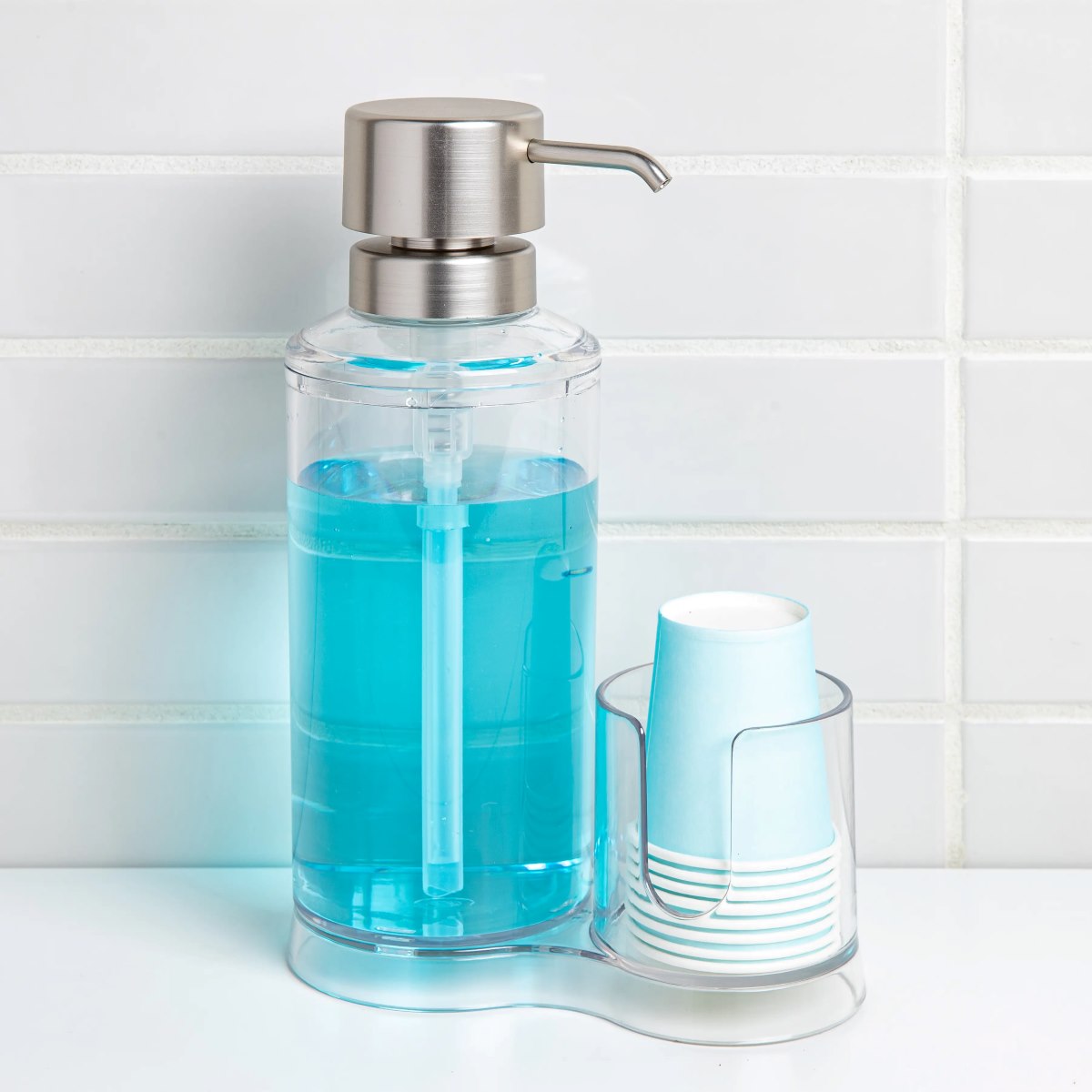
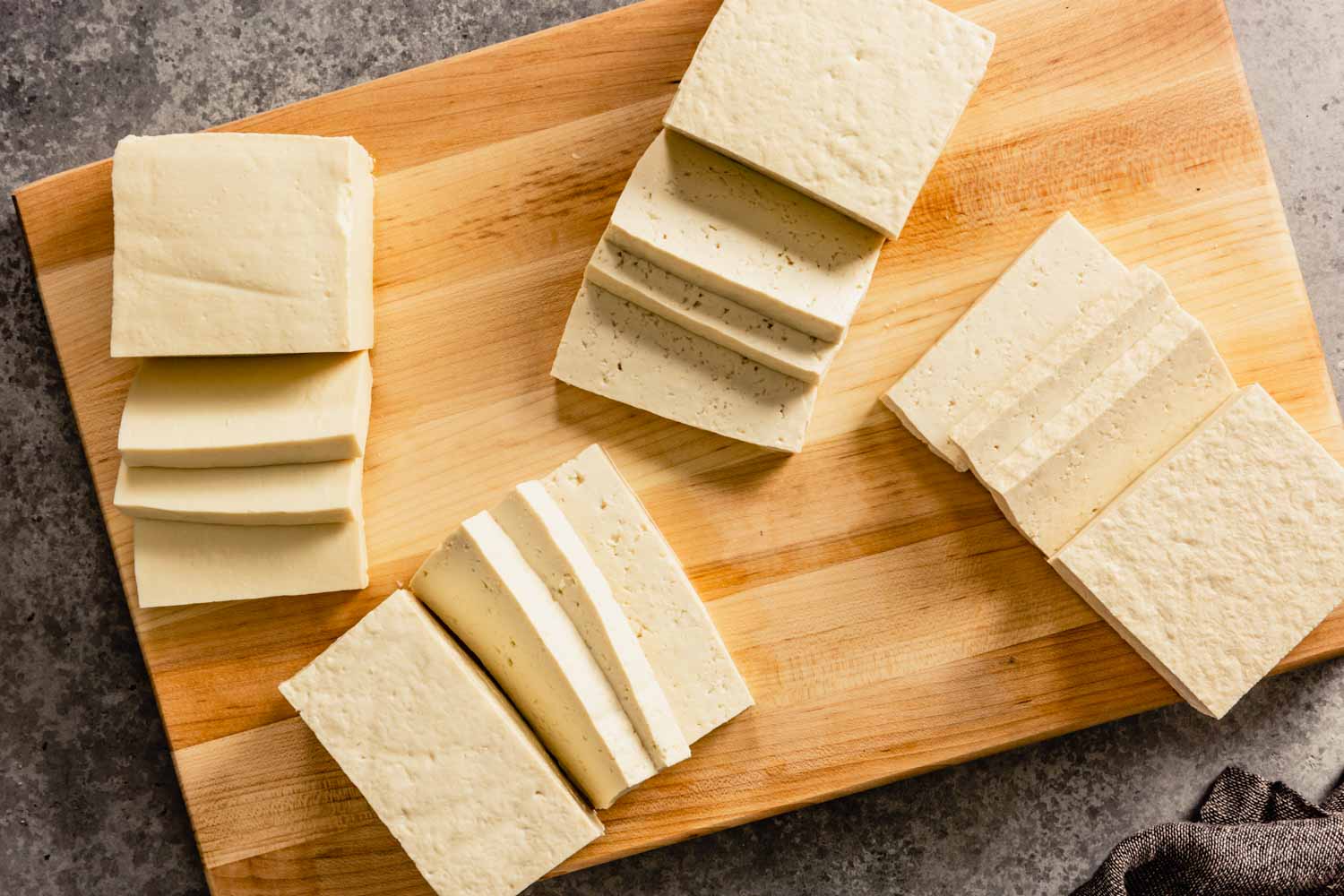
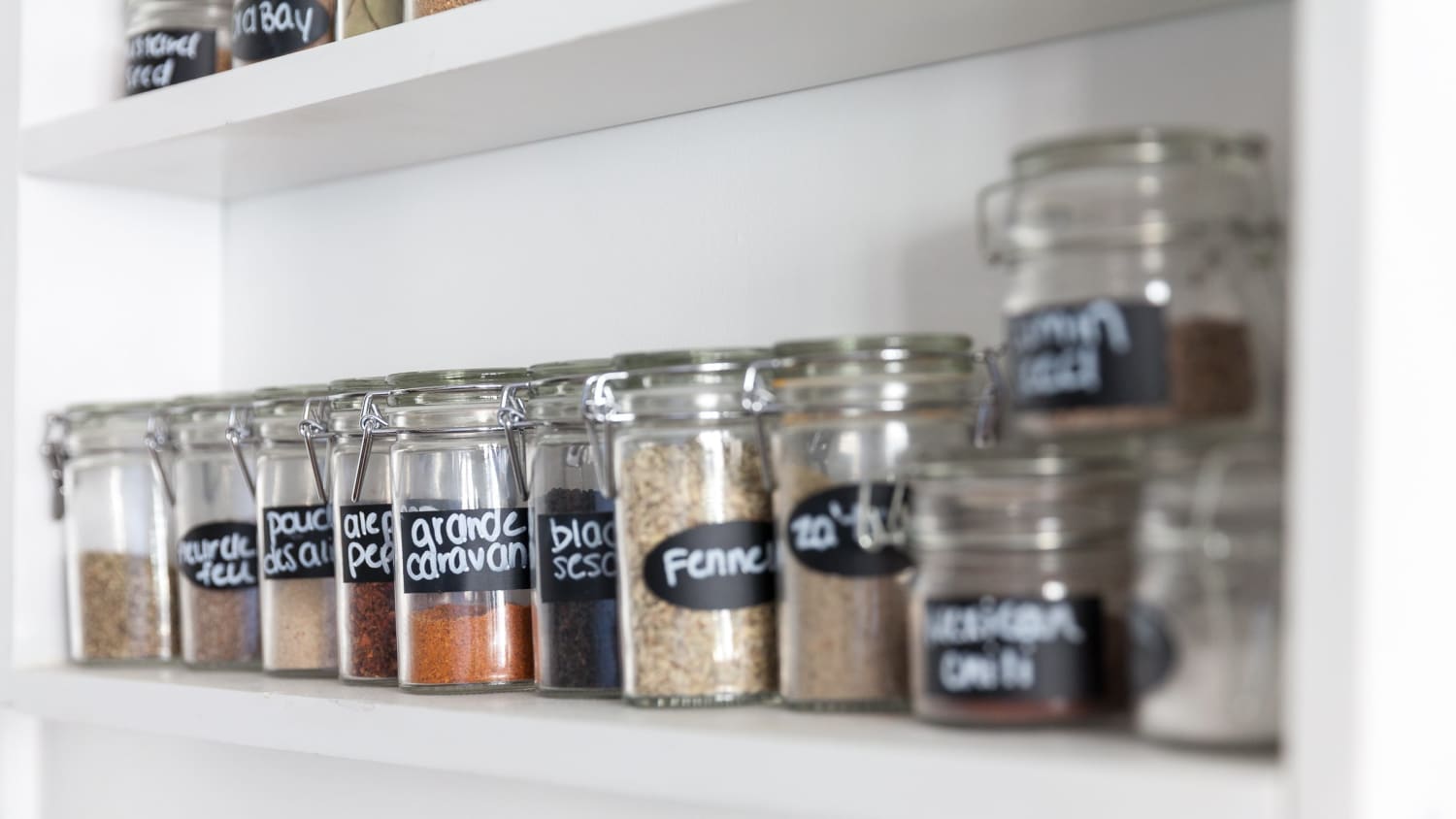

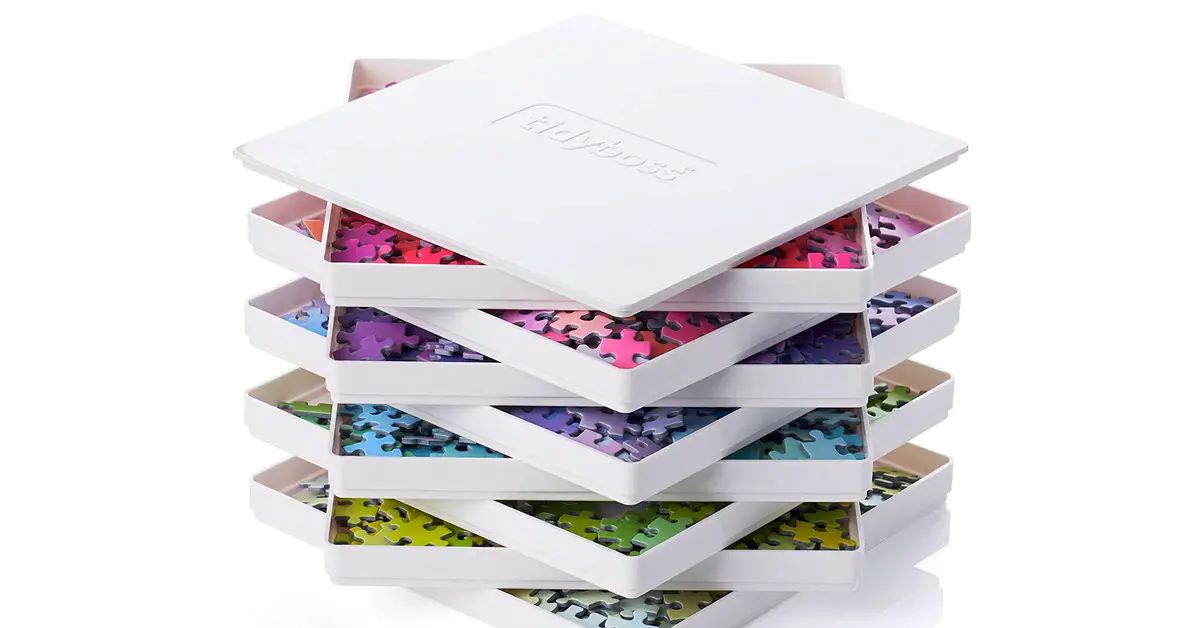
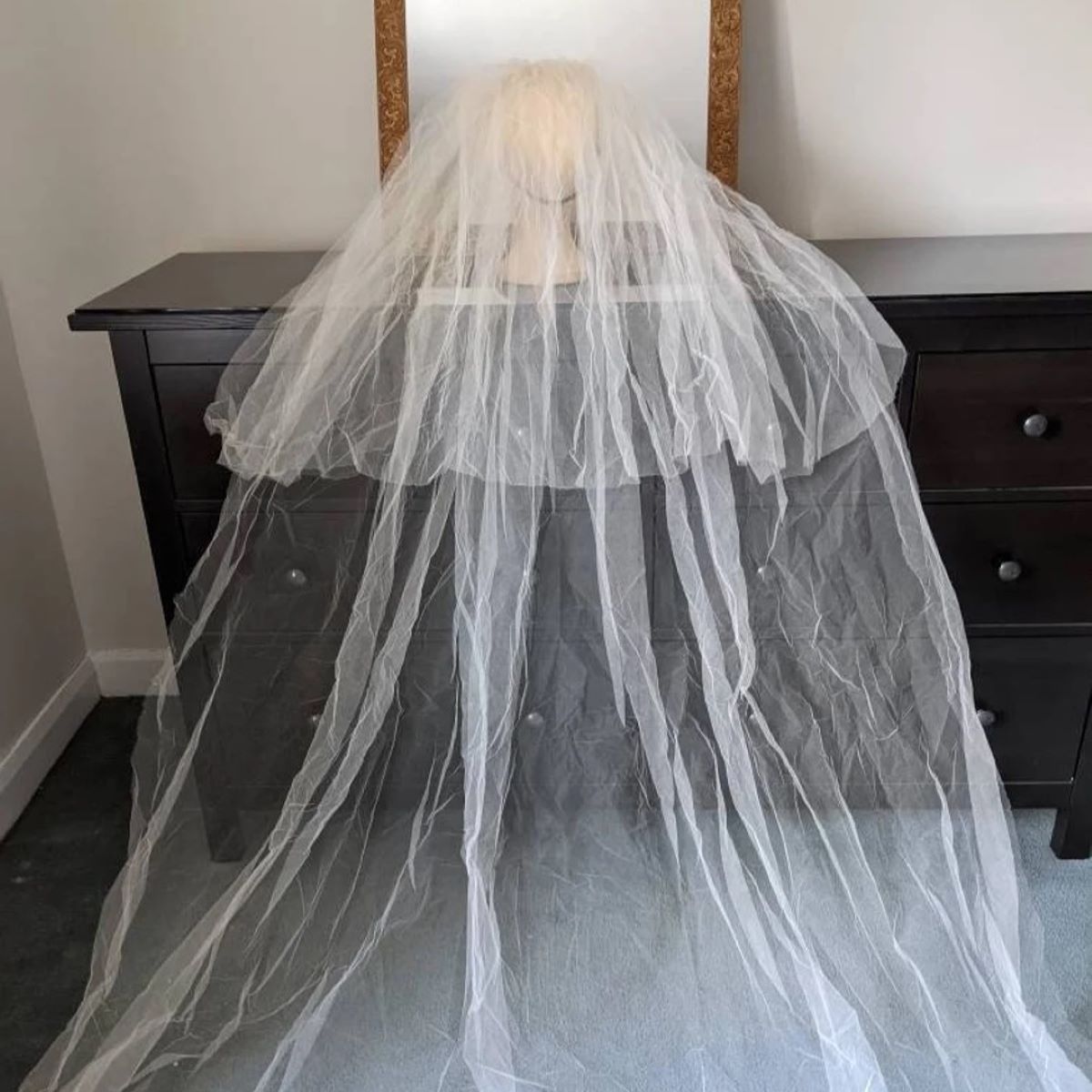
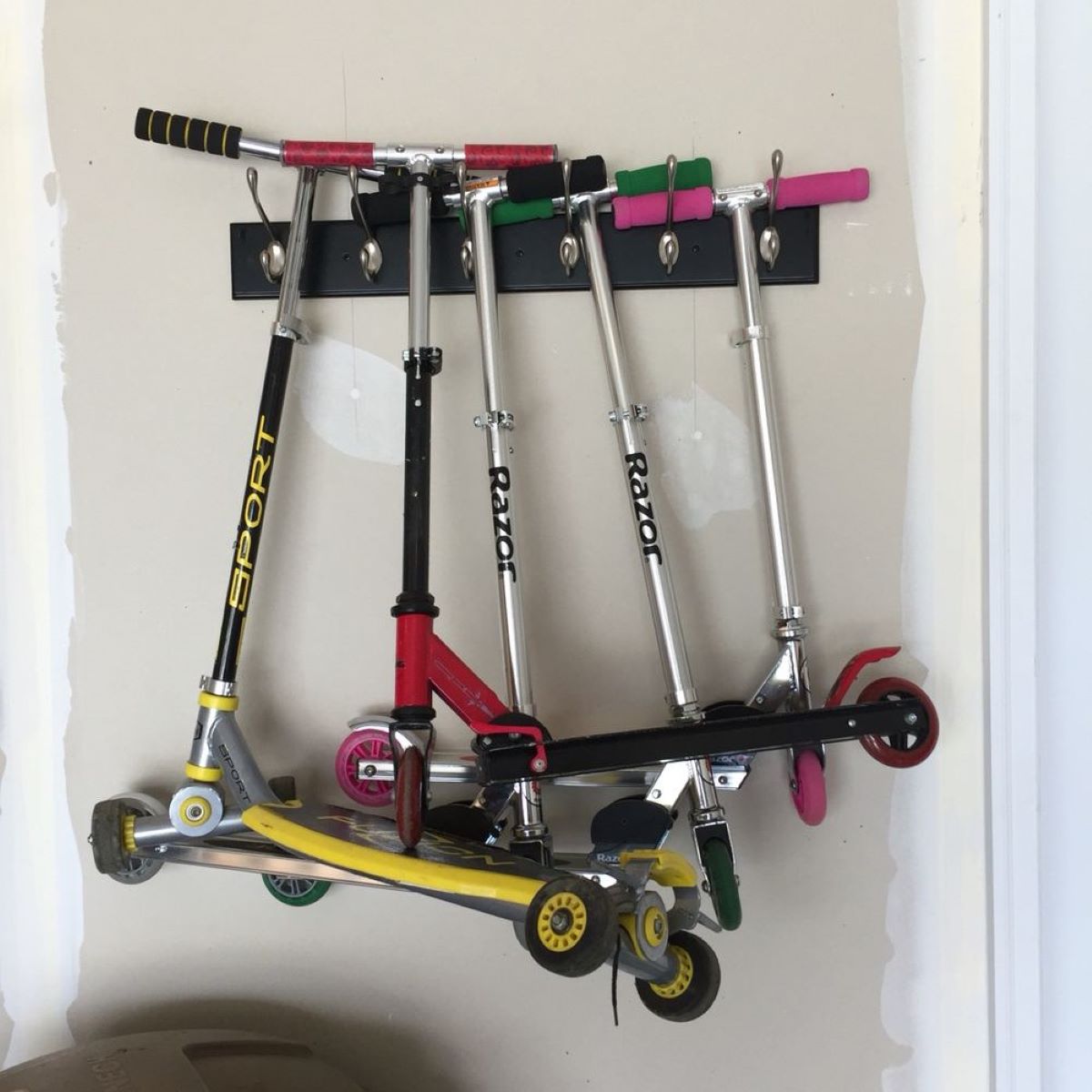
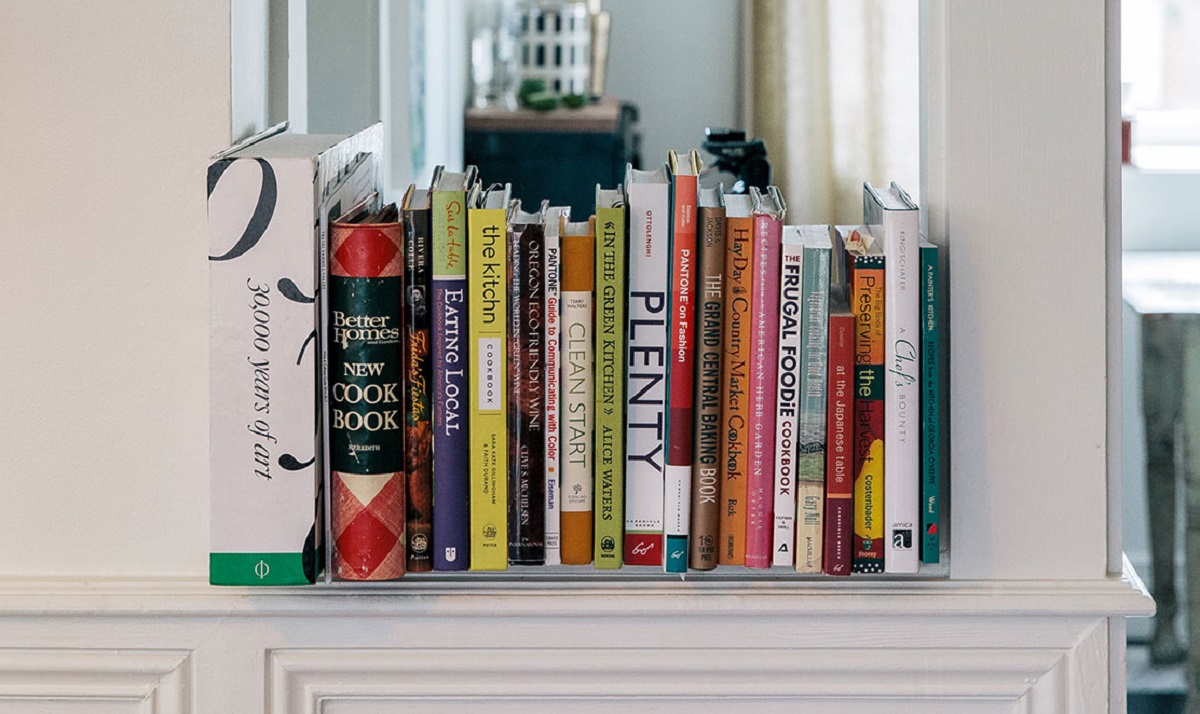


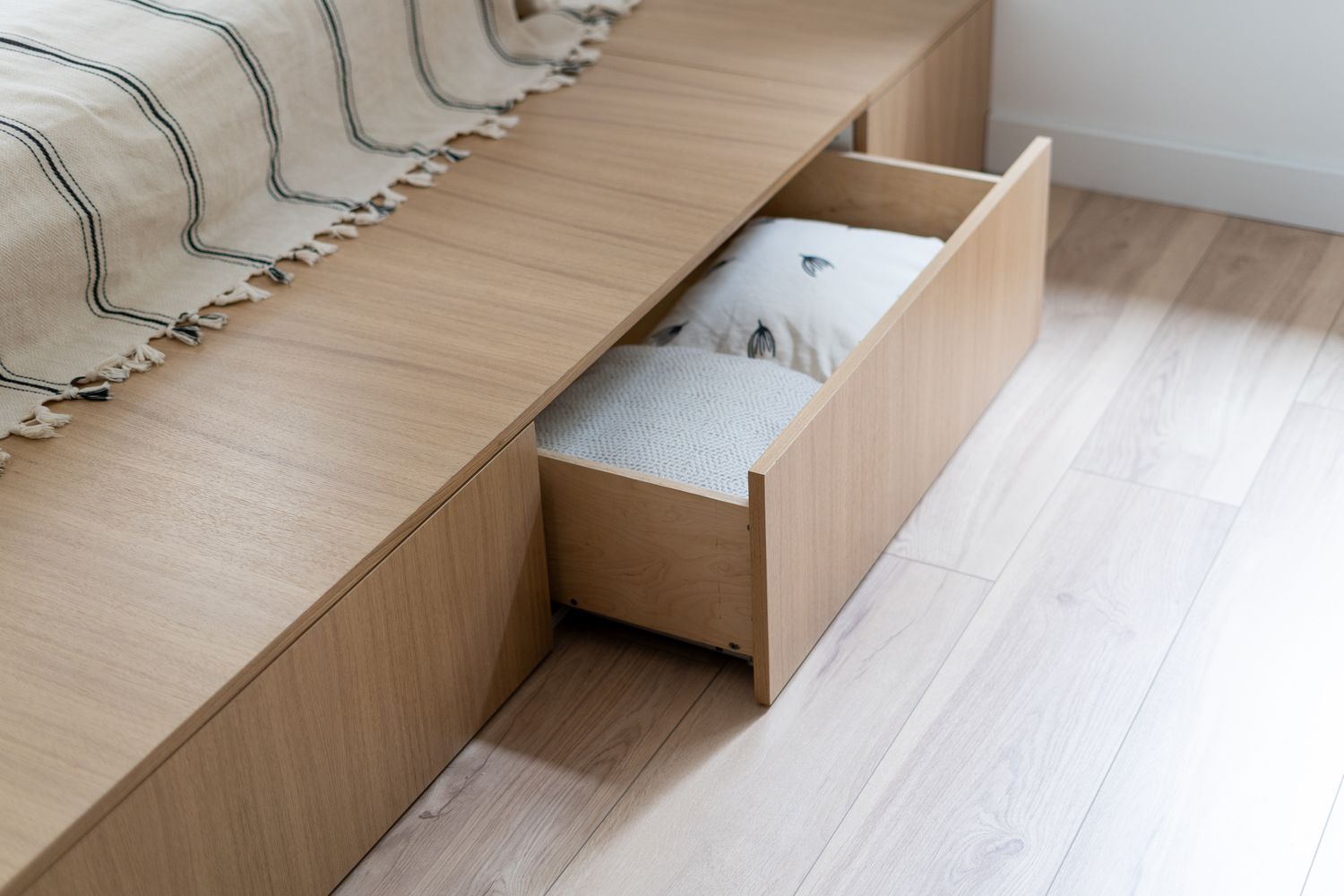
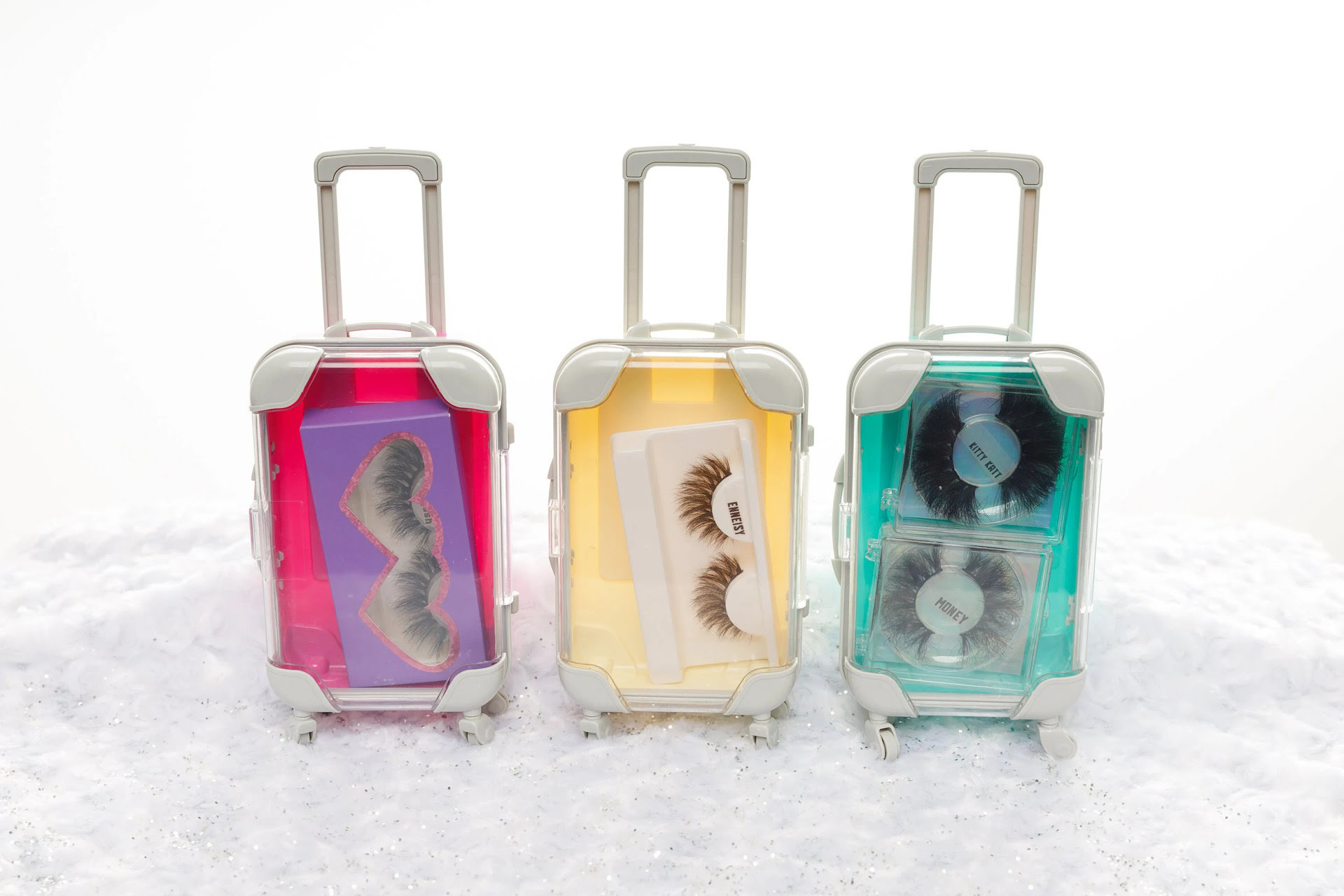
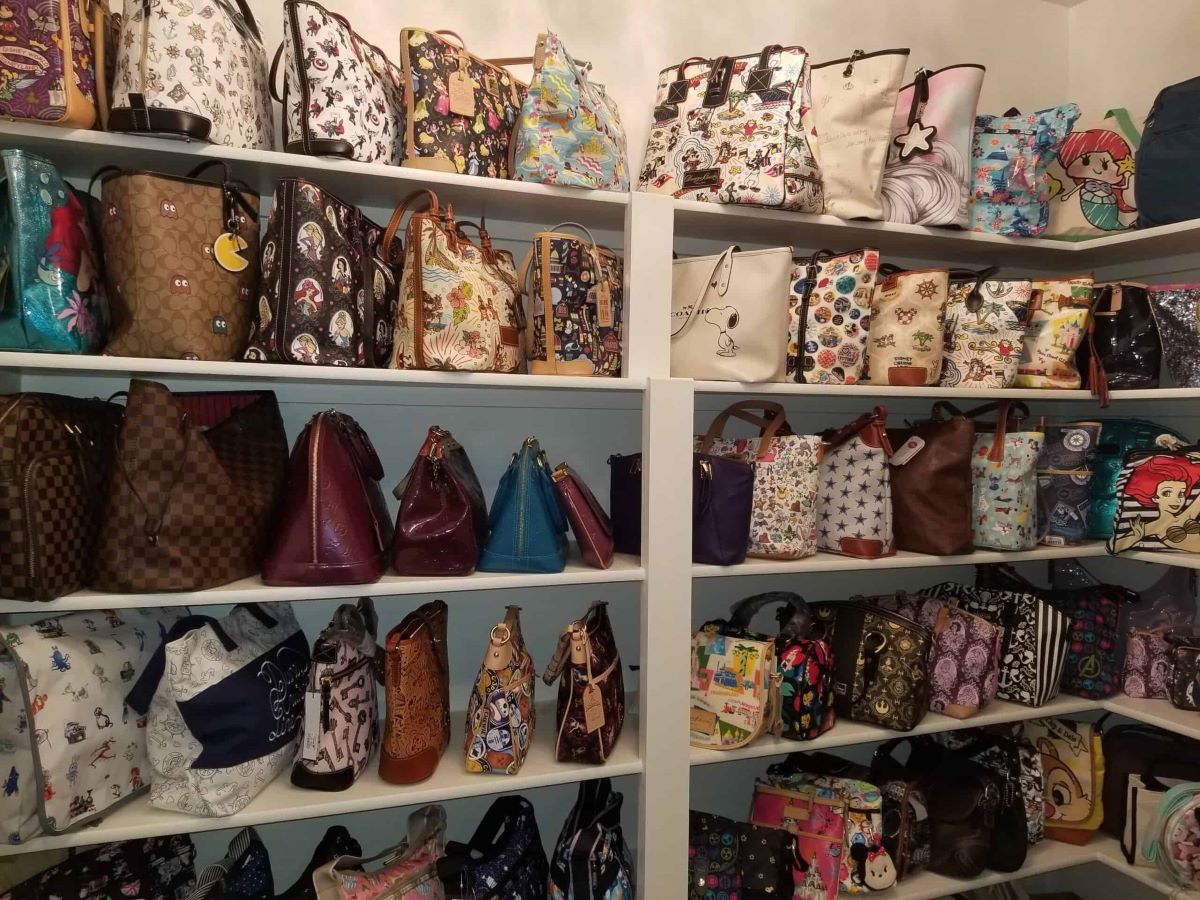

0 thoughts on “How To Store Mead”